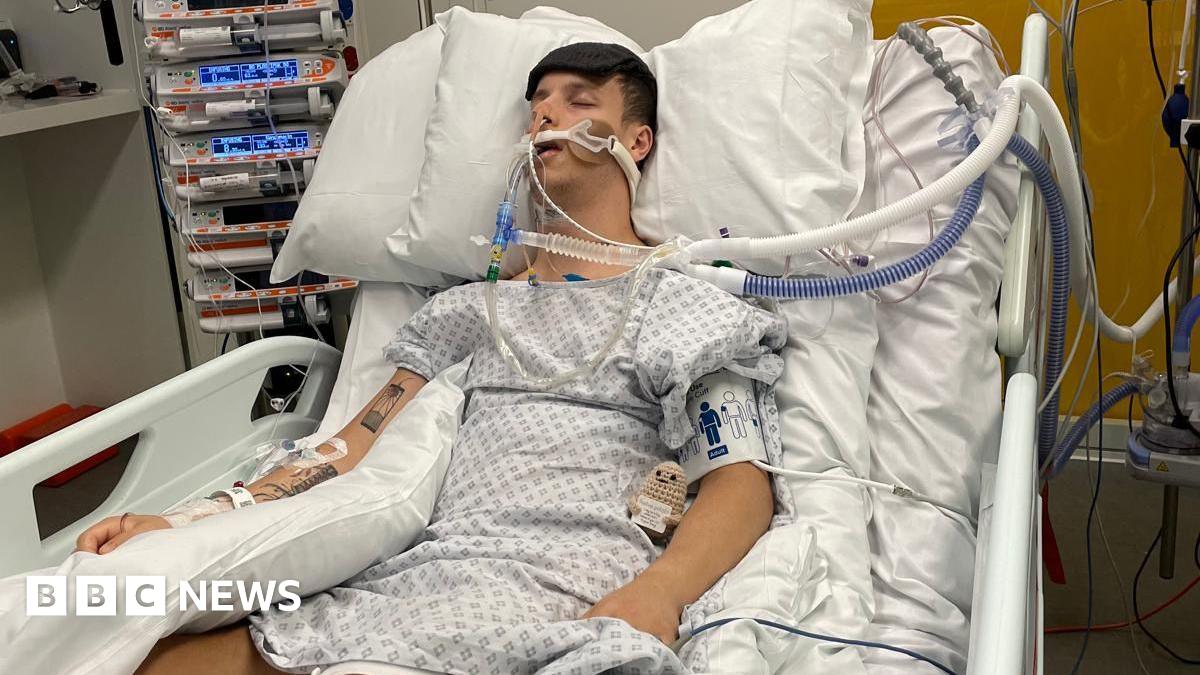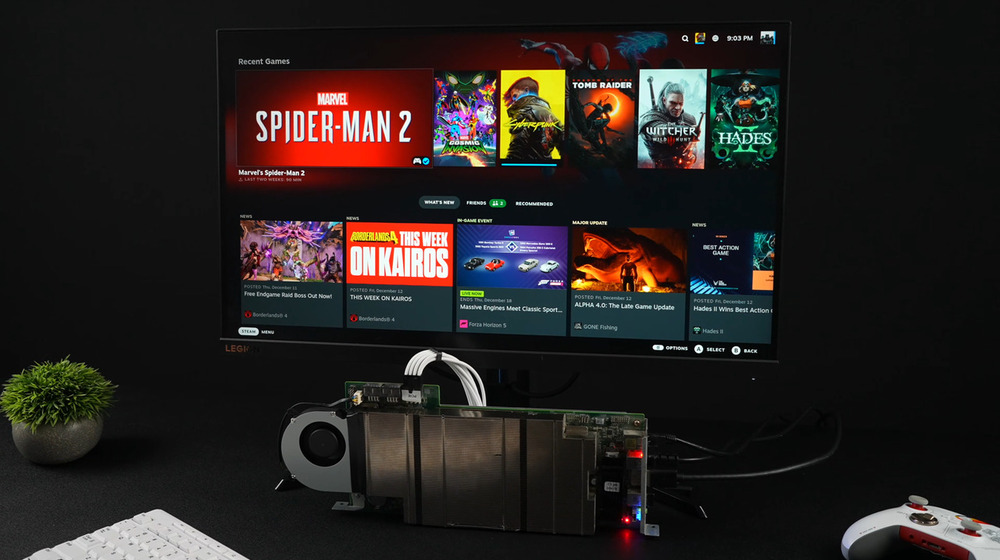AMES, Iowa – Registration is now open for 2026 Cyclone Volleyball Camps and Spring Clinics. Registration can be completed online at this link.
Summer Camps begin with a one-day camp, Elite Camp, on June 12. This day camp is designed for…

AMES, Iowa – Registration is now open for 2026 Cyclone Volleyball Camps and Spring Clinics. Registration can be completed online at this link.
Summer Camps begin with a one-day camp, Elite Camp, on June 12. This day camp is designed for…

Zenless Zone Zero players on the hunt for ZZZ-themed PC gear got their wish recently with Razer’s release of several…

While cash or a voucher to spend at a local shop used to be a welcome gift, nowadays many young gamers would rather receive virtual currencies under the tree.
V-Bucks, Minecoins, Robux and FC Points are some of the most popular in-game currencies…

Mr Pearce spent the next eight months in hospital and now uses a wheelchair on a regular basis.
He has been back at work for the last few months.
“It’s a bit of transition but there are different ways to coach,” he said.
“It’s very adaptive and…

A newly published study in the scientific journal Science Advances unveils the deep-time processes responsible for the exceptional plant diversity characterizing the world’s mountain regions.
While the richness of alpine flora is…

Watch On
On Episode 190 of This Week In Space, Rod Pyle and Tariq Malik look back at the past year in space — its ups, its downs, its all-arounds.

A new do-it-yourself (DIY) Steam Machine build is drawing attention after a YouTube creator demonstrated how a discarded mining board built around a defective PlayStation 5 chip can be repurposed into a low-cost gaming PC that can even…

The major scientific breakthroughs and…